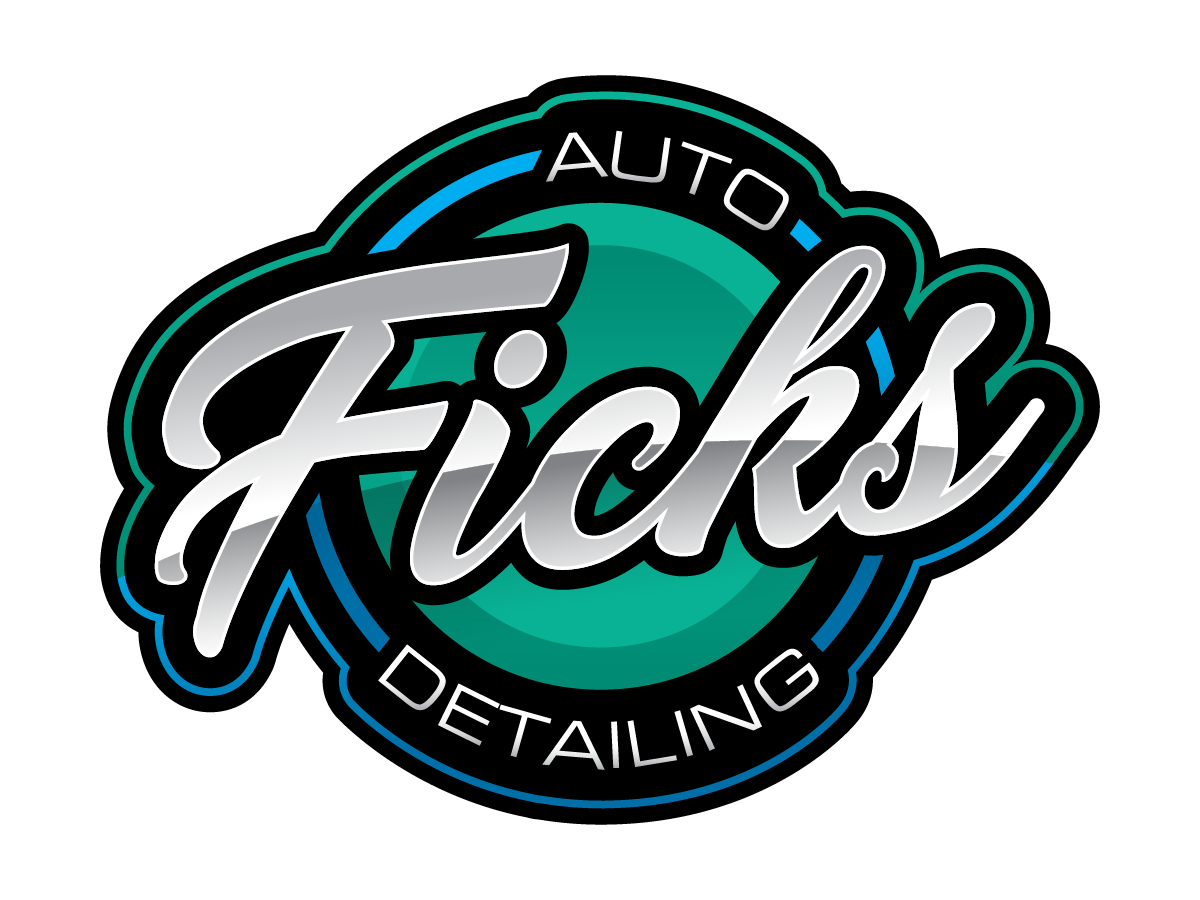Ceramic Coating vs. Wax
Which is better for your vehicle?
This question gets asked a lot: what’s the difference between a Ceramic Coating and a Wax? As detailing technology continues to evolve, paint protection materials have become more advanced and distinct differences between the two have begun to emerge.
Waxes & Ceramic Coatings have different application methods, In this blog we’ll go over some of the common misunderstandings, the definitions of each and hopefully help establish a better understanding for each of them.
What Makes Ceramic Coatings the go to over Wax?
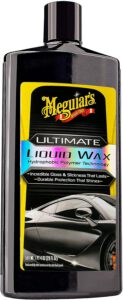
What Is a Wax?
“Wax” serves as a protective, sacrificial barrier between your cars paint and the environment. In the automotive world carnauba, montan and paraffin waxes are most commonly used, but there are synthetic variants as well. Wax can be made up from a diverse blend of materials that are referred to as “malleable solids” Wax or paint sealants bond to a surface mechanically, meaning the wax simply sticks to the painted surface and sits on the top of your car’s surface. Eventually, the bond weakens over time, and the wax fades away.
Coating
Properties
Creates glass like shield
Resists minor Scratches, Swirl marks, and abrasions
Withstands high temperatures
Molecular bond with paint or clear coat
SI02 TI02 BASED
Wax
Properties
sits on top of paint
can melt or degrade under extreme heat
soft and front to wear off overtime
mechanical bond to paint
natural carnauba or synthetic polymer-based
What is a Ceramic Coating?
A more recent development in detailing technology has been a Ceramic based paint protection also known as “Ceramic Coatings”. This new ceramic material acts very differently from a wax in the sense that it will actually generate a curing property once applied to a surface. This curing creates a chemical bond with the surface on which it’s being applied, in this case our car’s paint. Once they’re applied & cured, ceramic-based protectants are extremely resistant to water, Chemicals, and of course environmental pollutants.
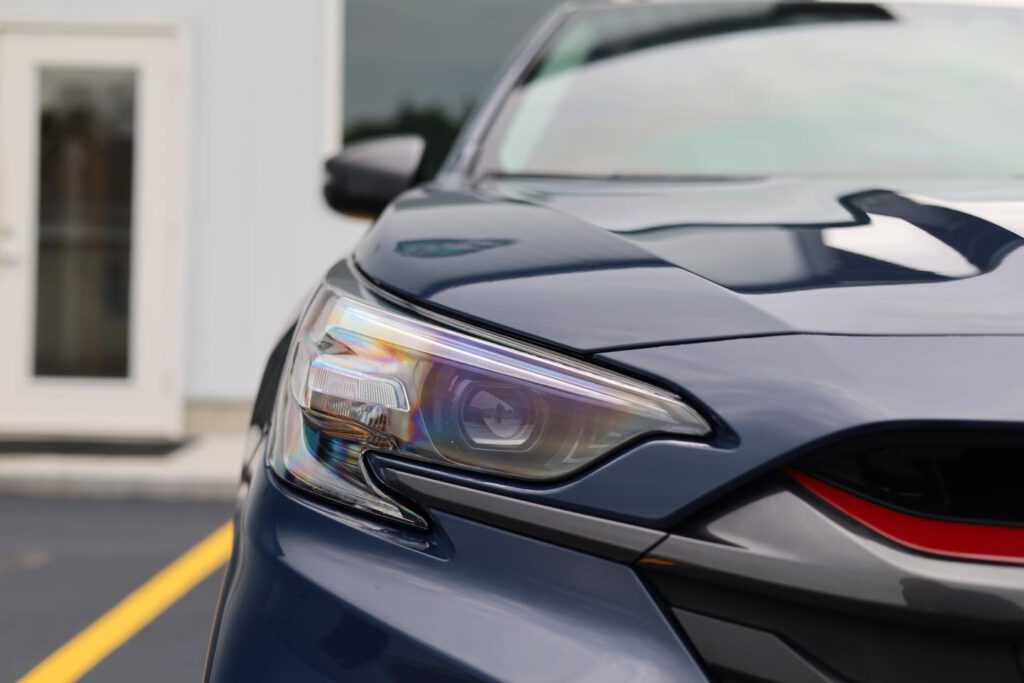
Checkout our video on “What is Ceramic Coating? What you need to know…” listed above
How to apply Wax?
It’s best to make sure you’re working in a shaded area and that the surface is cool to the touch with any kind of wax (whether it’s a spray, cream or paste) you will need an applicator pad to apply.Working one panel at a time, apply a thin coat of wax with an applicator pad. Allow enough time for the wax to haze, usually 5-10 minutes. Then, after it has hazed, buff the surface to a beautiful shine with a soft microfiber towel. Repeat the process on each panel until you’ve finished the entire car.
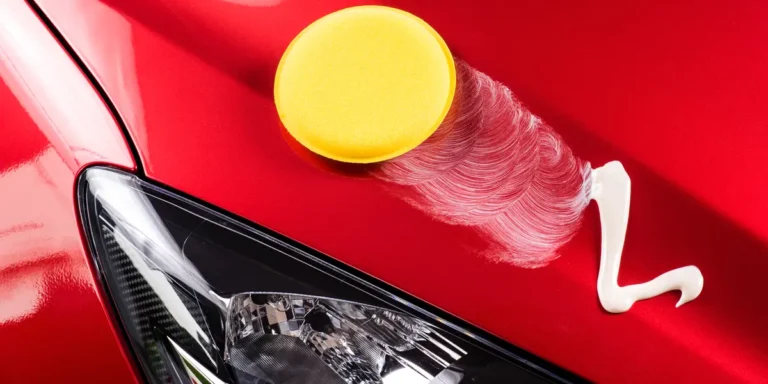
Maintaining a Wax
Regular washing is essential to keep your car clean and free from dirt and grime. Use a pH-neutral car wash soap or an SiO2 ceramic infused car wash soap to avoid stripping the wax. Always use separate buckets and tools to wash the wheels and paintwork to avoid cross-contamination and scratches. You can always reapply a wax using an applicator to apply to desired spot.
How to apply a Ceramic Coating?
We suggest reading the application instructions thoroughly before applying any brand of Ceramic Protectant. This can vary based on the type of coating you’re using typically you’ll shake the bottle well, then apply a few drops of the coating to your applicator. You will then apply the coating to each part of the vehicle going panel by panel and paying attention while applying, looking for any mishaps or missed spots.Then you’ll let it sit for 5-10 minutes and then you’ll come behind with a different towel and wipe applied area revealing the shine, you’ll repeat this process till the vehicle is complete.Applying a Ceramic Coating yourself may do more damage than good, You can not only trap debris and other things underneath the coating but Improper application can leave streaks, high spots, and a lackluster finish. Leaving a coating on your vehicle for too long can cause serious damage to the vehicles paint and result in you paying more out of pocket. one of the cons to ceramic coating have to do with how well the installer applies it. Others relate to what it can and can’t do, which will always affect what you’re willing to invest.
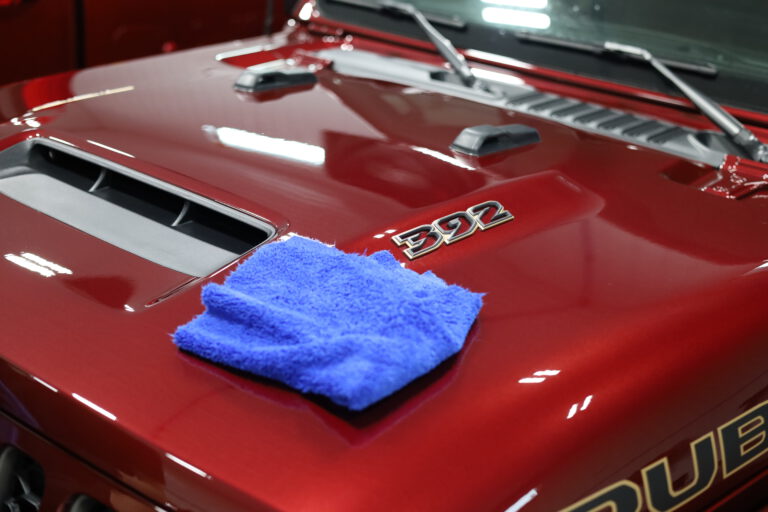
Maintaining a Ceramic Coating
Avoid automated car washes that use harsh chemicals or abrasive brushes Start with Using pH-neutral car wash soaps and soft microfiber wash mitts or towels to avoid scratching the coating. Next refrain from using strong detergents, acidic cleaners, or solvent-based products on your coated vehicle. These can degrade the coating and diminish its protective properties. Next conduct regular inspections to identify any signs of wear or damage to the coating. Address any issues promptly to prevent further deterioration. Regularly remove dirt, bird droppings, and other contaminants from the coating’s surface to prevent potential damage. Promptly clean up any spills or stains to maintain the coating’s hydrophobic properties. With proper care and maintenance, you can enjoy long-lasting protection for your vehicle and keep it looking like new for years to come
Can you "stack" or use both together?
The easy answer is yes, you can. You could lay the ceramic-based protectant down first, let it cure and then apply a wax on top. It’s a bit redundant so we rarely suggest doing it plus ceramic-based protectants are so slick that once they cure the wax will have trouble adhering to the surface. The only thing you should make sure of is to avoid applying car waxes over freshly applied ceramic coating. Make sure to wait at least 72 hours, or even better, 7 days before waxing a ceramic-coated car.
Wrapping It Up
In the end, they are different materials that perform the same task: protect your vehicle’s exterior surfaces. Both provide a sacrificial layer that is intended to shield your car’s surface from sun exposure, moisture and environmental pollution. Conversely, wax requires regular reapplication to maintain its protective properties and shine, which can be highly time-consuming. The frequency of waxing can vary depending on environmental factors, driving conditions, and maintenance routines. Once properly applied and cured, ceramic coatings provide an enduring shield against UV rays, oxidation, fading, and environmental contaminants. This longevity reduces the need for frequent reapplications, saving you both time and money. Hopefully this post helps clarify some of the confusion that surrounds Waxes and Ceramics. If you have any questions that we may have missed, feel free to drop us a comment below.
